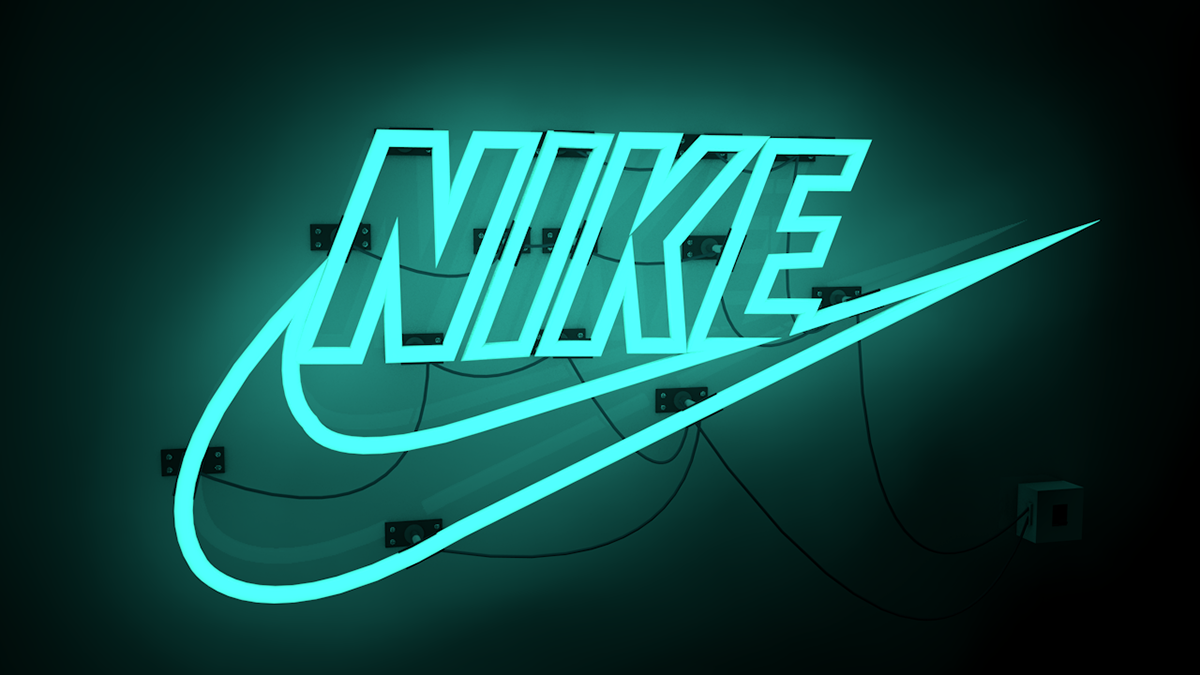The Historical Significance of Neon Signs in Advertising
Neon signs have a fascinating history that dates back to the early 20th century when they were first introduced. These luminous advertising tools quickly gained popularity due to their vibrant colors and unique glow, making them stand out in a sea of traditional advertising methods.
Origins of Neon Signs
Neon signs emerged as a result of advancements in technology and the discovery of neon gas. In 1910, French engineer Georges Claude invented the first practical neon light, which paved the way for the widespread use of neon signs. Their eye-catching appeal and ability to illuminate streets at night made them an instant hit among businesses looking to attract customers.
Neon Signs as Symbols of Urban Culture
Over time, neon signs became synonymous with the bustling nightlife of cities like Las Vegas and New York. They adorned the facades of theaters, restaurants, and shops, creating a vibrant and electrifying atmosphere. Neon signs represented more than just advertising; they embodied the excitement, energy, and modernity of urban environments.
These glowing beacons transformed cityscapes into mesmerizing landscapes, captivating passersby with their vivid hues and intricate designs. They became iconic symbols that reflected the spirit and character of their surroundings.
As we explore the impact of neon signs in marketing further, it is essential to understand their historical significance in shaping advertising aesthetics and becoming cultural landmarks in their own right.


